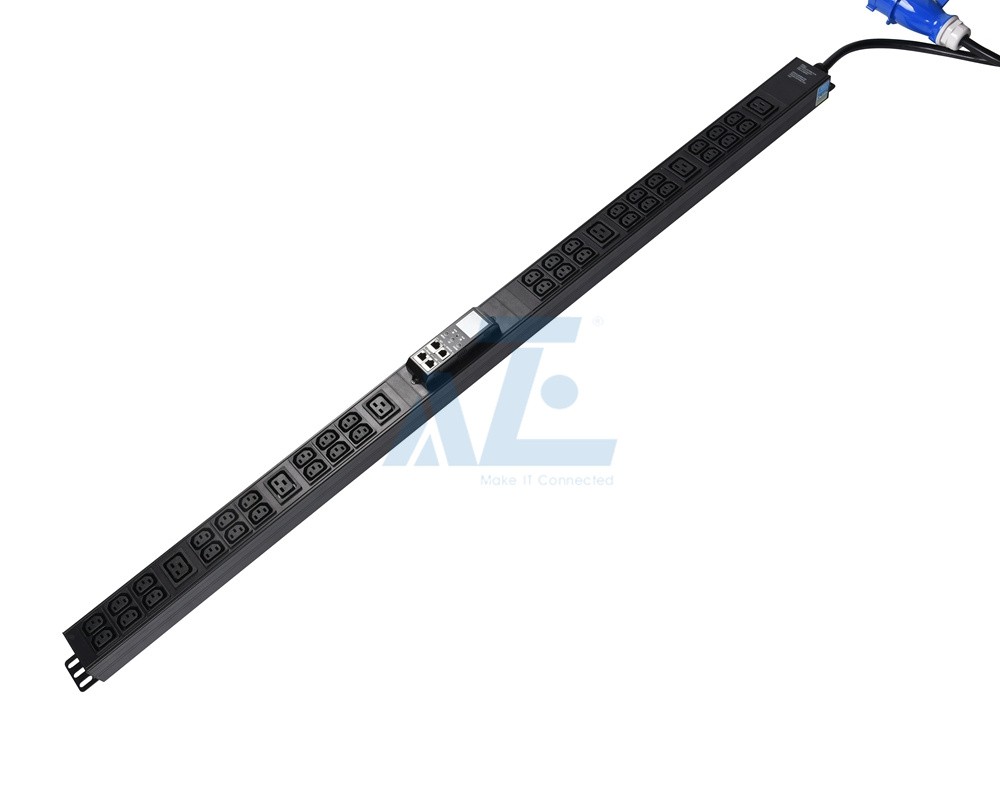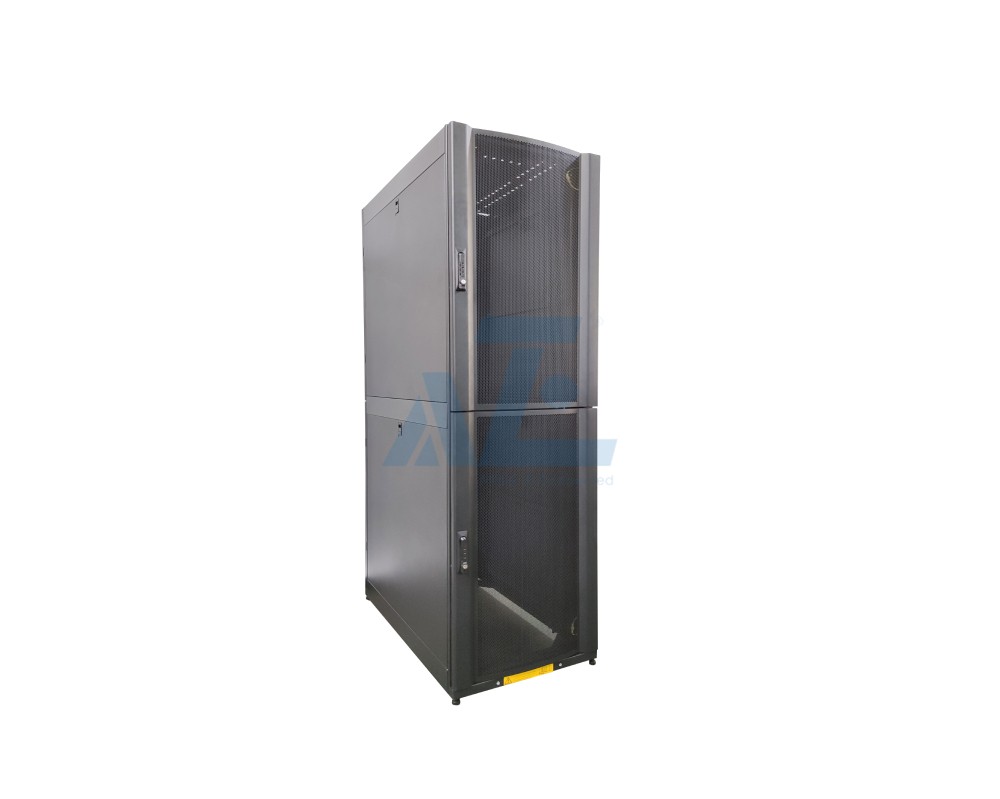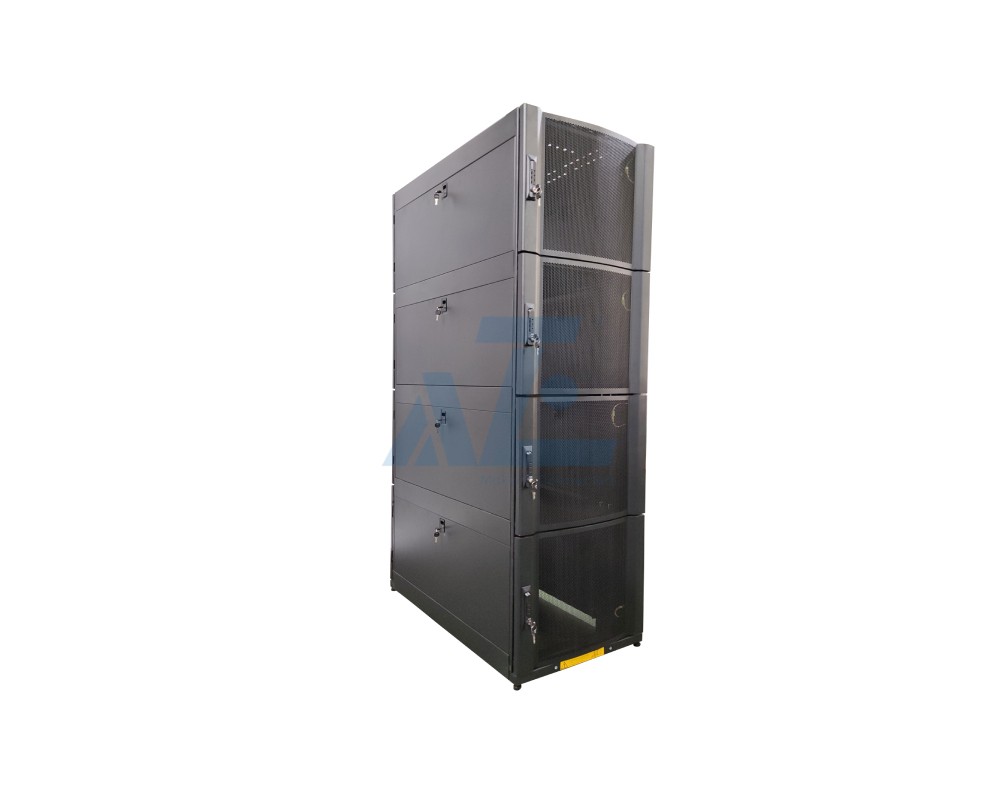What is a Data Center and types of Data Center?
What is a Data Center and types of Data Center?
May 13 , 2021A data center is a physical facility that enterprises or organizations use to house their business-critical applications,information or data. As they evolve from centralized on-premises facilities to edge deployments to public cloud services, it’s important to think long-term about how to maintain their reliability and security.The key components of a data center design include routers, switches, firewalls, storage systems, servers, and application-delivery controllers.
Why are data centers important to business?
In the world of enterprise IT, data centers are designed to support business applications and activities that include:
- Email and file sharing
- Productivity applications
- Customer relationship management (CRM)
- Enterprise resource planning (ERP) and databases
- Big data, artificial intelligence, and machine learning
- Virtual desktops, communications and collaboration services
What is a data center?
Data centers are often referred to as a singular thing, but in actuality they are composed of a number of technical elements. These can be broken down into three categories:
- Compute: The memory and processing power to run the applications, generally provided by high-end servers
- Storage: Important enterprise data is generally housed in a data center, on media ranging from tape to solid-state drives, with multiple backups
- Networking: Interconnections between data center components and to the outside world, including routers, switches, application-delivery controllers, and more
These are the components that IT needs to store and manage the most critical resources that are vital to the continuous operations of an organization. Because of this, the reliability, efficiency, security and constant evolution of data centers are typically a top priority. Both software and hardware security measures are a must.
What are the core components of a data center?
Data center design includes routers, switches, firewalls, storage systems, servers, and application delivery controllers. Because these components store and manage business-critical data and applications, data center security is critical in data center design. Together, they provide:
- Network infrastructure This connects servers (physical and virtualized), data center services, storage, and external connectivity to end-user locations.
- Storage infrastructure Data is the fuel of the modern data center. Storage systems are used to hold this valuable commodity.
- Computing resources Applications are the engines of a data center. These servers provide the processing, memory, local storage, and network connectivity that drive applications.
What is in a data center facility?
Data center components require significant infrastructure to support the center's hardware and software. These include server racks, power distribution units(PDUs), uninterruptible power supplies (UPS), ventilation, cooling systems, fire suppression, backup generators, and connections to external networks.
How do data centers operate?
Data center services are typically deployed to protect the performance and integrity of the core data center components.
- Network security appliances These include firewall and intrusion protection to safeguard the data center.
- Application delivery assurance To maintain application performance, these mechanisms provide application resiliency and availability via automatic failover and load balancing.
What are the standards for data center infrastructure?
The most widely adopted standard for data center design and data center infrastructure is ANSI/TIA-942. It includes standards for ANSI/TIA-942-ready certification, which ensures compliance with one of four categories of data center tiers rated for levels of redundancy and fault tolerance.
- Tier 1: Basic site infrastructure A Tier 1 data center offers limited protection against physical events. It has single-capacity components and a single, nonredundant distribution path.
- Tier 2: Redundant-capacity component site infrastructure This data center offers improved protection against physical events. It has redundant-capacity components and a single, nonredundant distribution path.
- Tier 3: Concurrently maintainable site infrastructure This data center protects against virtually all physical events, providing redundant-capacity components and multiple independent distribution paths. Each component can be removed or replaced without disrupting services to end users.
- Tier 4: Fault-tolerant site infrastructure This data center provides the highest levels of fault tolerance and redundancy. Redundant-capacity components and multiple independent distribution paths enable concurrent maintainability and one fault anywhere in the installation without causing downtime.
What are the types of data centers?
Many types of data centers and service models are available. Their classification depends on whether they are owned by one or many organizations, how they fit (if they fit) into the topology of other data centers, what technologies they use for computing and storage, and even their energy efficiency. There are four main types of data centers:
- Enterprise data centers These are built, owned, and operated by companies and are optimized for their end users. Most often they are housed on the corporate campus.
- Managed services data centers These data centers are managed by a third party (or a managed services provider) on behalf of a company. The company leases the equipment and infrastructure instead of buying it.
- Colocation data centers In colocation ("colo") data centers, a company rents space within a data center owned by others and located off company premises. The colocation data center hosts the infrastructure: building, cooling, bandwidth, security, etc., while the company provides and manages the components, including servers, storage, and firewalls.
- Cloud data centers In this off-premises form of data center, data and applications are hosted by a cloud services provider such as Amazon Web Services (AWS), Microsoft (Azure), or IBM Cloud or other public cloud provider
AZE's aisle containment solutions optimizes efficiency, fast deploy design and easy operation of your data center infrastructure. Adaptable to both hot and cold aisle containment applications.You can reach us for custom your data center solutions.
Related Products
Related Article
KVM Switches Frequently Asked Questions
Frequently Asked Questions for the KVM switches
What is colocation server rack cabinet enclosure
What is colocation server rack cabinet enclosure
How to choose the right wallmount rack cabinet
Wallmount Cabinet Enclosures are perfect solution in limited floor space
42U Server Racks – Are they right fit for you?
42U rack server cabinets store and secure your IT equipment safety
Server Rack PDU Buying Guide
Basic,metered PDU,find the perfect power solution for your data center.
What is a 19 inch rack cabinet?
What is the 19 inch server racks













